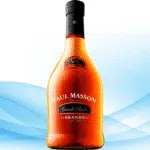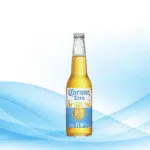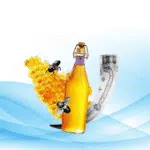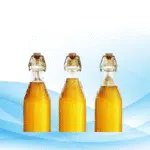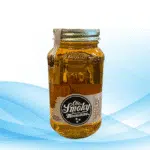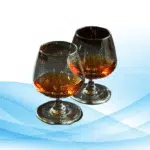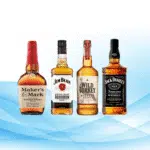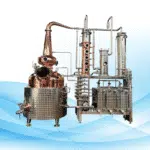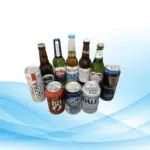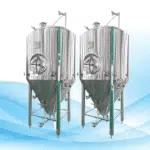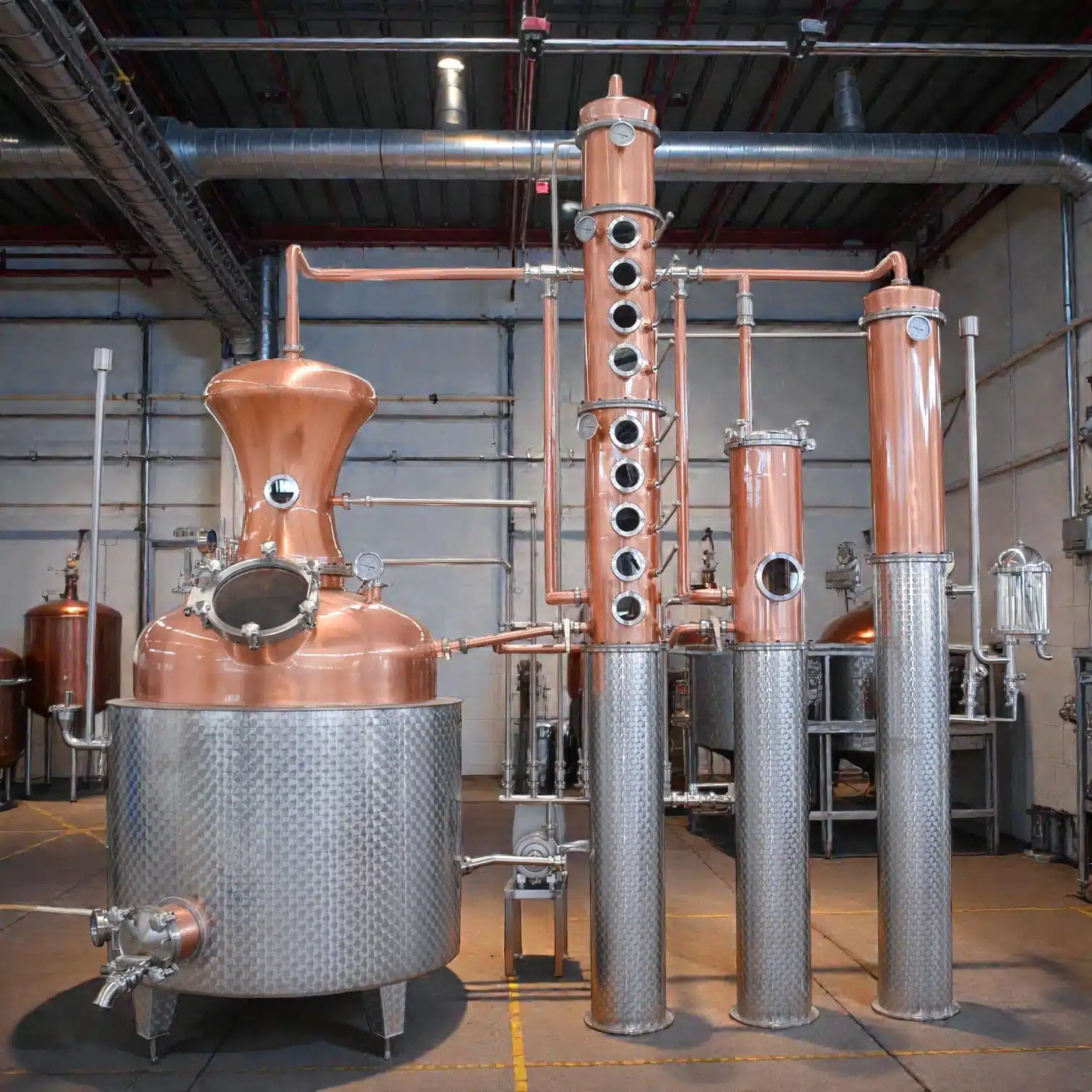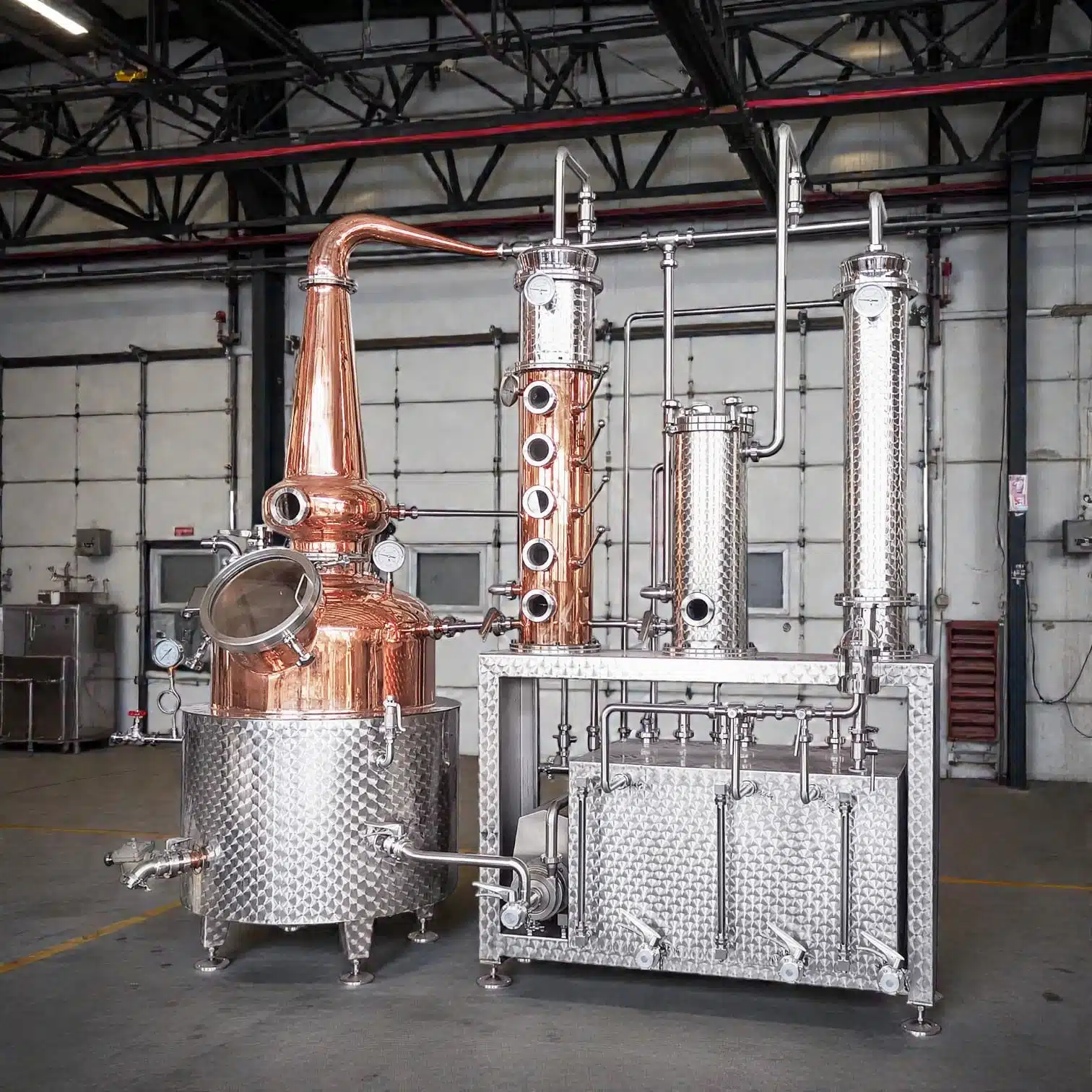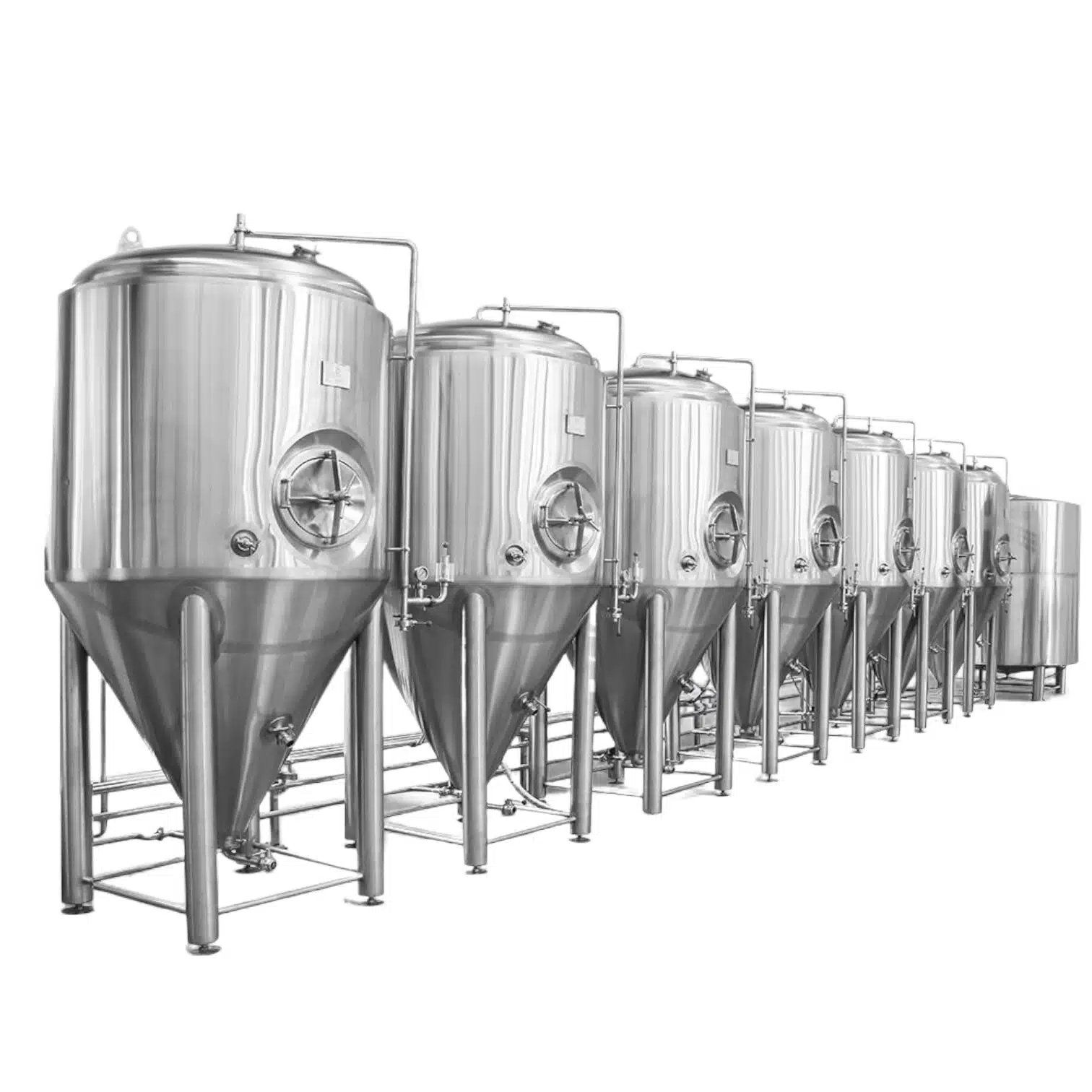Understanding Beer Alcohol Content
Next time you crack open a beer, that lingering question-what percent alcohol sits behind that crisp pour-may resurface. From backyard barbecues to small-batch taprooms, the strength of that golden liquid shapes how quickly you feel its effects and, in many ways, shapes the whole mood of the occasion. Knowing the alcohol-by-volume (ABV) figure for each bottle or glass not only steers you toward sensible drinking, it also deepens that warm, anticipatory enjoyment that comes before the first sip.
Alcohol levels in beer do not sit still; they shift according to the ingredients used, the yeast strain, even the temperature and length of fermentation. Brewed versions range from sessionable light lagers with barely four percent ABV to barrel-aged imperial stouts that sneak past ten or twelve. In the pages that follow, we break down those mixing elements, summarize typical league-table strengths for popular styles, and offer simple tips on picking a brew that matches your taste and intended pace.
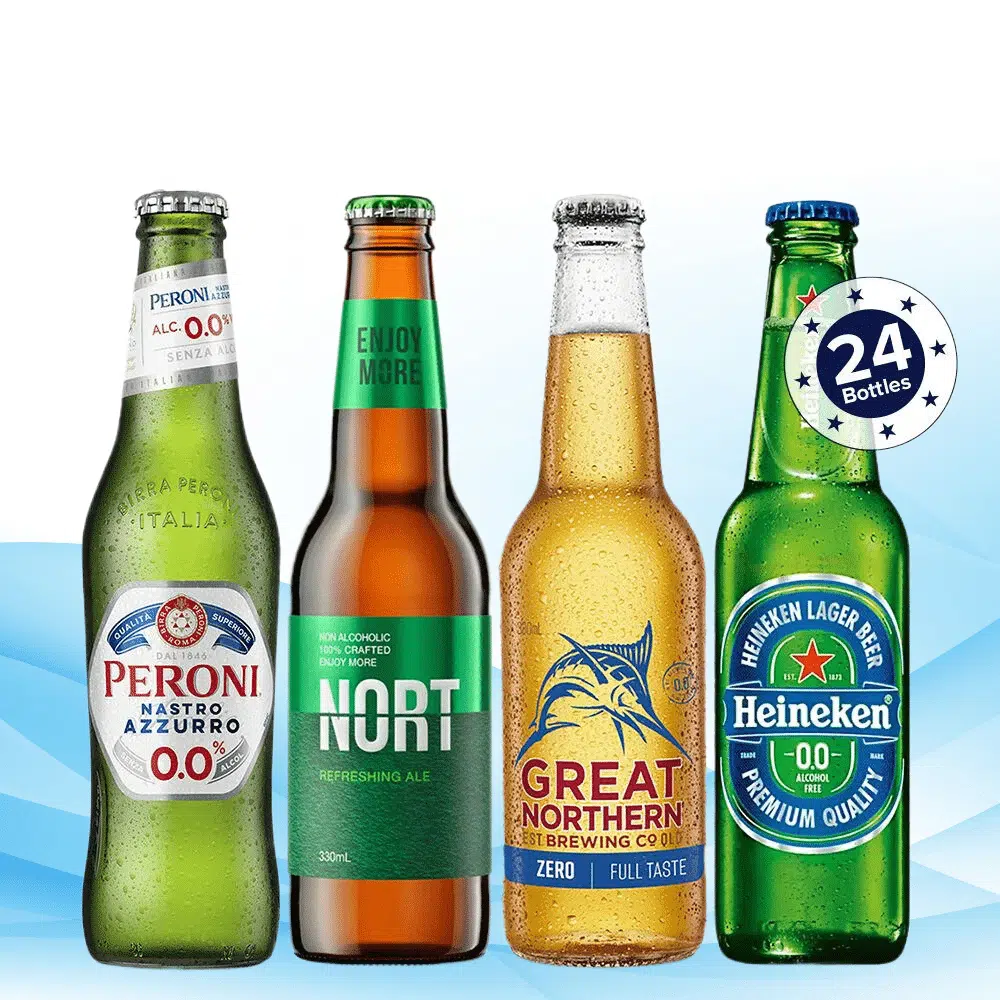
What Is the Alcohol Percentage in Beer?

The strength of a beer is usually expressed as Alcohol by Volume, or ABV, which tells drinkers what share of the liquid is pure ethanol. The bigger the number, the more alcohol is packed into each pour, and the quicker a person may feel its effects.
Typical Alcohol Ranges
Most mass-produced lagers, house ales, and classic pilsners sit between 4 percent and 6 percent ABV. That range covers nearly every approachable beer on supermarket shelves and many craft offerings coming out of small breweries.
- Light beers tend to drop slightly lower, coming in around 3 percent to 4 percent.
- Standard beers often land at roughly 4.5 percent to 5.5 percent.
- Stronger styles-India pale ales, porters, or Belgian triples-move up to 6 percent through 8 percent.
- A handful of extreme brews soar past 10 percent, with a few adventurous bottles climbing toward 20 percent or higher.
To put it in everyday terms, a single 12-ounce bottle of beer at 5 percent ABV delivers the same pure alcohol as a 1.5-ounce shot of whiskey at 40 percent. Knowing that balance helps drinkers space their rounds and stay within personal limits.
Factors Affecting Beer Alcohol Content
The alcohol percentage in beer results from a blend of biological, chemical, and practical brewing choices. Although yeast metabolism during fermentation provides the basic mechanism for alcohol production, ingredient selection, mash temperature, and fermentation duration can each lift or lower the final ABV by a measurable amount.
Beer Styles and Their Alcohol Percentage
Every beer category settles into a customary alcohol band anchored in its production history and style intent. The following summary highlights common ranges for a selection of mainstream styles:
Lager and Pilsner
Well-executed examples usually fall between 4 and 5 percent ABV, largely because low fermentation temperatures moderate yeast activity and accentuate clean, refreshing flavors.
Ale
Household varieties such as pale, amber, and brown ale sit modestly higher at 4.5 to 7 percent, since top-fermenting yeast at warmer temperatures generates both fruitier esters and extra alcohol.
IPA (India Pale Ale)
Bright hop aromas postulated a sturdier backbone, so standard IPAs clock in at 5 to 7.5 percent and many double IPAs exceed 8 percent or even breach 10.
Stout and Porter
Dark grains and typically prolonged mashes lend extra fermentable sugars, pushing creamy classics like imperial stout and oatmeal porter into the 6 to 12 percent bracket.
Belgian Beers
Many Belgian ale styles-malt-rich triples and darker, caramel-sweet quadrupeds-clock in with alcohol levels of 8 percent to 12 percent.
Brewing Process and Alcohol Levels
Alcohol content is not simply a recipe number; it arises from every stage of brewing. The steps that most clearly set ABV include:
Mashing
Malted grains steep in warm water, releasing fermentable sugar that will later become alcohol.
Fermentation
Yeast metabolizes that sugar, giving off alcohol and carbon dioxide. Yeast strain, fermentation temperature, and how long the wort sits with yeast combine to shape final alcohol.
Boiling
Hops enter during boiling to add bitterness and aroma, yet that stage has little say over the eventual ABV.
More sugar available at fermentation almost always translates to a higher peak alcohol level. Therefore, stronger beers use extra malt, specialty sugars, or other rich fermentable to drive up alcohol.
How to Measure Alcohol Content in Beer
Brewers use the Alcohol by Volume scale, or ABV, to answer the common question, How strong is this beer? ABV shows the pure alcohol portion as a percentage of the total liquid in the bottle. A beer labeled 5 percent ABV holds 5 percent alcohol and 95 percent of water, malt, hops, and yeast.
Most brewers fine-tune alcohol-by-volume figures by comparing original gravity-the sample’s sugar level before fermentation-to final gravity-the level after yeast has done its work. The difference between those readings offers a reliable estimate of how much ethanol the yeast produced.
For many shoppers, the most convenient guide is right on the bottle; most breweries list the ABV prominently, sparing consumers the math yet still allowing them to gauge their intake.
Common Beer Alcohol Percentages
To help illustrate the range of alcohol content people will encounter in bars and shops, the list below sorts beer styles by the percentage most often seen:
- Light Beer: 3%-4% ABV (Bud Light, Colors Light)
- Regular Beer: 4%-5.5% ABV (Heineken, Corona)
- Craft Beers: 5%-8% ABV (Sierra Nevada Pale Ale, Sam Adams Boston Lager)
- Strong Beers: 8%-12% ABV (Dogfish Head 90-Minute IPA, Founders Breakfast Stout)
- Very Strong Beers: 12%+ ABV (Brew Dog Tactical Nuclear Penguin)
A curious drinker who enjoys sampling across these categories will do well to glance at the ABV first, especially before diving into higher-strength craft releases that sneak up if sipped too quickly.
Is the Alcohol Content in Beer the Same Across All Brands?
Though beers of the same type often hover around a set alcohol level, no single ABV rule fits every brand. Countless craft breweries market higher-ABV offerings, yet mass-produced lagers or pale ales usually stay closer to the lower end. Recipe choices, fermentation temperatures, yeast strains, and even specialty sugars can all nudge the final number up or down.
Some breweries chase bold, spirit-like beers deliberately, while others build easy-drinking, session-friendly options that linger below 4 percent. If you wander the aisles trying unfamiliar labels, a quick glance at the ABV tag can save you surprise-on the way up or way down.
Conclusion and Key Takeaways
When planning what to drink, keep the ABV in mind so you select a beer that matches the occasion, whether you want calm refreshment or an evening sip that evolves with the palette. Most brews fall between 4 and 6 percent, but barley wines, IPLs, and Belgian triples regularly climb headier heights, sometimes testing or exceeding 10 percent.
Alcohol content varies widely among beers depending on the style, brand, and brewing method. Before opening a bottle, it is wise to glance at the label to confirm the exact ABV. Drinking responsibly allows you to appreciate the flavors without compromising safety or enjoyment.
Frequently Asked Questions (FAQ)
1. What is the average ABV of beer?
Most mainstream beers fall between 4 percent and 6 percent ABV, though lighter lagers may dip below that range and specialty ales can surpass 10 percent.
2. Does higher alcohol content mean better taste?
Not at all. Stronger beers pack bold flavors, yet taste remains a personal choice. Some drinkers cherish subtle, low-ABV brews, while others seek the richness that comes with added alcohol.
3. Is beer with a higher ABV more intoxicating?
Yes, higher-ABV beers deliver more alcohol per ounce, so they can raise your blood alcohol level faster. That said, total intoxication still depends on how quickly and how much you drink.

